Top 10 Challenges as a QA Analyst Tester in Software or Web Development
Category: Quality Assurance Posted:Apr 14, 2017 By: Serena Josh Today, development cycles have transformed into accelerated and time-efficient processes and this has contributed to significant changes in the software quality assurance definition. It now mainly has its focus on keeping pace with the market without compromising product quality. Improved software quality assurance activities offer various advantages comprising of quality, optimization, and process improvement along with higher productivity.
Today, development cycles have transformed into accelerated and time-efficient processes and this has contributed to significant changes in the software quality assurance definition. It now mainly has its focus on keeping pace with the market without compromising product quality. Improved software quality assurance activities offer various advantages comprising of quality, optimization, and process improvement along with higher productivity.
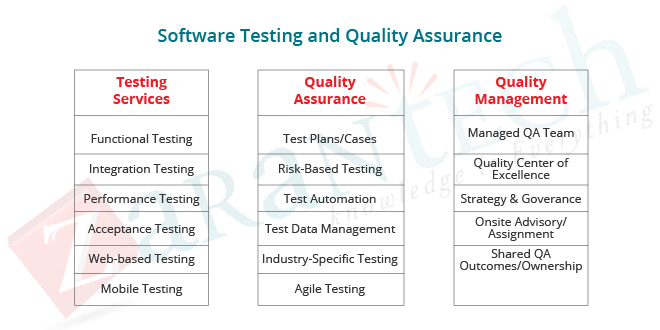
Quality Assurance has always been an ever-evolving discipline in software development. With the latest trends in IT industry, the need to better comprehend, manage, and adopt the Quality Assurance activities is steadily increasing. With the onset of agile and most recently DevOps, the way enterprises develop software has changed, along with the methods to enforce Quality Assurance.
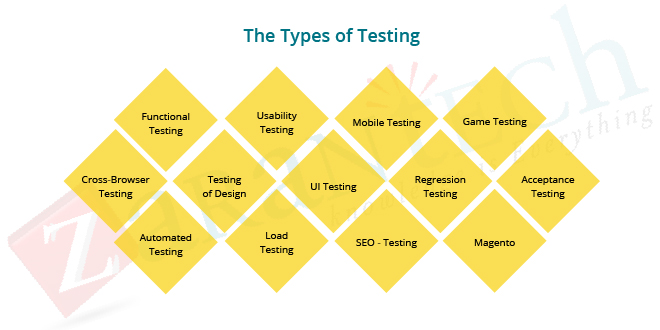
It is worth noting that the software development landscape has changed a great deal over the last decade. While the massive amount of time and effort has been invested in building new processes, methodologies, and even communities for developers to meet emerging challenges, testing hasn’t received nearly as much attention. This is a real problem faced by testers because the role of the Quality Assurance department is ever-changing.
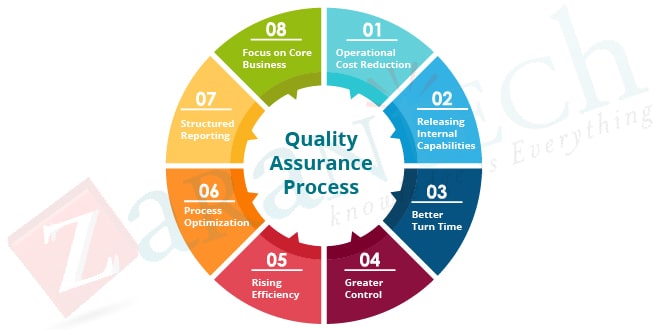
Here are some prime challenges that are being progressively encountered by QA Analysts and testing professionals when it comes to execution of software quality assurance or web development:
Register for Free Live Webinar for Quality Assurance
1. Agile Development
Agile has been around since the year 2001, but it has taken several years for methodologies and processes to be implemented at the organizational level. This is especially true for corporations of larger scales which are resistant to change.
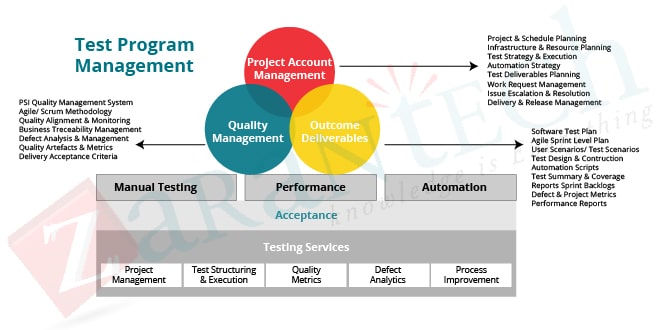
Effective usage of agile methods requires a sea change in tester mindset. This would mean lesser documentation and accelerated build cycles. The most effective method of dealing with regression testing is through Automation. Using agile methods, testers of code are transforming from being gatekeepers weeding out defects from a finished product to advocates for the end consumer.
2. Mobile Technology
Massive volumes of smartphones are being sold, and applications are being churned out by developers on an equally impressive scale. The stellar rise of mobile technology has seen testers shift focus to non-functional regions in code. Emphasis is laid on security, usability, and performance which present challenges to testers.
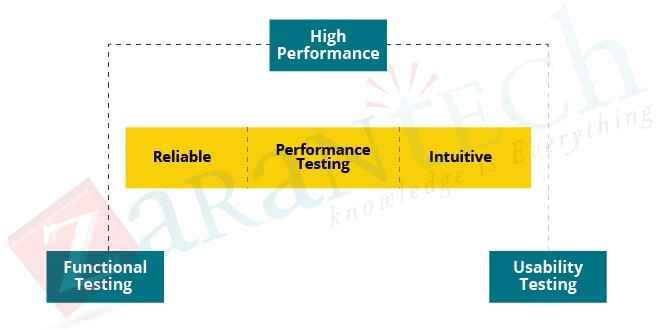
We’ve discussed the importance of real world testing for mobile applications, highlighting some of the unique considerations that make entirely different challenges facing testers when testing traditional software.
3. Big Data
With each passing day, wide use of data collection and storage is being used by the most organizations. Some enterprises also exist which are unaware of efficient processes to consolidate and analyse such data. Irrespective of the use of such collected data, processes involved in collection and storage of data comes loaded with problems and will always be in frequent need of testing.
Testers have all the important role of error-free data extraction when needed. They are used to audit Big Data trails and make sure they are fit for their purpose. Testers aid in handling great values of data.
4. Cloud Access
Users in the present day scenario are accustomed to accessing their documents of interest from any part of the world. Today’s technology enables us to not only store files in the cloud, but also to embed software and related infrastructure in the cloud. Beyond this, there is pioneering work being done in moving the process of testing itself to the cloud!
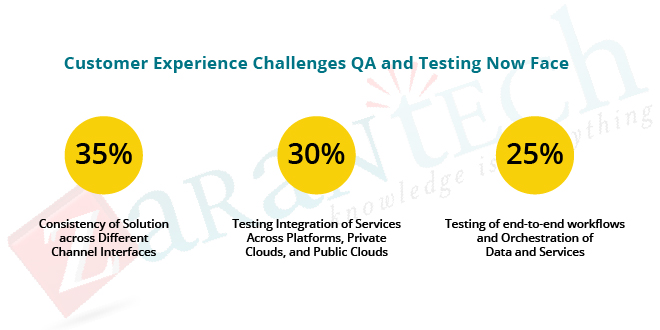
Testing in the cloud will lead to a brand new set of challenges in terms of performance and online security. Testers will have to check if the cloud can handle the workload at peak times, nd if the right security measures place. And also, the service provider will have to manage an appropriate backup schedule and disaster recovery plan.
Learn Quality Assurance from Industry Experts
5. Lack of Resources
Professionals have stated that this is a continuing problem in testing wherein lack of devoted training and other resources hampers testing processes. lack of training and other required resources, will directly lead to decreased quality of the end product and eventually lead to customer dissatisfaction. Since testing goes beyond the functional realm, enterprises must regard the tools and experience needed to accurately test usability, performance and security. Because testing is about more than the functional, organizations must consider the expertise and tools required to properly test usability, security and performance.
Challenges faced by QA/Testing teams in DevOps
DevOps is a proponent of good principles and practices that aid in enhancing communication and coordination between the organizational and departmental silos. This is also implied to Quality Assurance organization and their development counterparts. But in a DevOps environment, departmental barriers will be removed and this aids in leveraging experience, knowledge sharing, and niche skills to deliver quality systems. In the age of DevOps, the goal of QA teams will be more on preventing defects than finding them.
Given below are challenges listed under DevOps domain for QA testers:
- QA culture- In the context of DevOps, quality needs a change in how it is being achieved. This means that it should translate down to the organizational culture as well. Innovation and recognition of distinct approaches to test software in a speedy and efficient manner goes a long way in ensuring quality is maintained. This will lead the evolution of QA services offered in an organization. Execution of software QA activities seamlessly would require QA and testing to undergo a simultaneous change. This will aid enterprises to ensure an ongoing balance between meeting the market demand with a high-quality product.
- Facilitation of quality – QA team needs to understand the business for the system being validated from a DevOps viewpoint. For this to occur, the QA team should collaborate with business experts, along with the product owner, to comprehend how the system being tested needs to function in order to support the business. QA teams will be disabled if not involved in those initial discussions. This involvement helps QA to become the facilitator of quality. Comprehending the nature of an enterprise is massively crucial for a system being verified. This means that QA and testing staff should collaborate with product owners to test products in a way that it would support the existing business model. Bringing in the QA team during initial discussions would aid them to facilitate quality.
- Collaboration– QA is the binding system between operations and development. So, the QA team should be included right from the initial stages of development. This empowers organizations to collaborate and to have software developed and supported with higher efficiencies. What’s more, QA should be regarded as the responsibility of the complete project team rather than just the responsibility of the designated QA team.
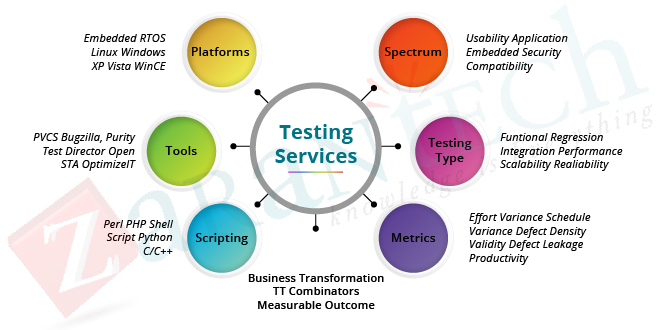
- Early Testing– The primary goal of testing in DevOps is early identification of defects in the development cycle. This can be made possible by introducing testing in the early stages of software development. QA can start off with testing with available code even when features aren’t fully complete. This would need highly self-sufficient user stories which do not rely on another for testing purposes.
The Software Development Lifecycle requires QA professionals as much as Development staff. And if testing starts early on QA can visualize various quality issues throughout the whole cycle and offer valuable, actionable feedback on architecture, sustainable development, scope, and feature. All this can contribute greatly to minimizing unwanted delay in time-to-market and high degrees of extra expenditure resulting from the late identification of errors.
- Build verification and Test coverage – DevOps promotes frequent builds, which increases the probability of code breaking features that already exist. It is for this very reason that it isn’t practical to make testers execute such verification manually. Such “smoke tests” should depend upon automated testing. DevOps instills a need to deliver software in an accelerated manner with approaches such as continuous integration and deployment. Additionally, due to fast changing needs, there is a high probability of missing the testing of critical functions. To get over this challenge, a comprehensive and thorough traceability of needs to test functions has to be maintained.
DevOps guiding principles like test first free communication and seamless collaboration aids in resolution of some of the QA challenges and also enables the QA team to take their deliverables to the next level. In DevOps testing is a continuous process and facilitates the process of implementing continuous feedback to achieve high quality. QA in DevOps can play a critical part in accelerating development and release schedules.
You may also like to read : How QA helps you to release your Software Faster?
Other Challenges faced by QA Testers in Software or Web Development
- Misunderstanding of company processes – Most times the team will not pay heed to what company-defined processes are defined per standards, and will not, in turn, discover the purpose behind the processes. The QA team must clearly understand the purpose of all company processes to pick the one that suits their testing scenario the best. This will eliminate most chances of incomplete and erroneous testing.
- Regression testing – When the scope of a project goes on to expand the regression testing work would transform into an uncontrollable entity. There will always be immense pressure to handle current functionality changes, former working functionality checks and even bug tracking.
- Lack of skilled Testers – Inadequate involvement of higher management while recruiting or training testers for the project task in hand may lead to unskilled testers adding more chaos as opposed to simplifying testing tasks. This leads to incomplete, inadequate and unplanned ad-hoc testing throughout the entire testing life cycle.
- Automation Testing – Automation is one of the more detailed challenges buried in the testing processes of software development lifecycle. Several questions have to be considered to decide on the level and frequency of automation required in testing processes. Decisions should be quickly arrived at regarding the level of automation, the skilled resources at the company’s disposal and whether automation should be used in the first place.
- One test team under multiple projects – When one team handles multiple projects, it becomes very challenging to keep track of each individual testing task. Communication challenges will also arise because of juggling several projects all at once. More often than not this results in failure of one or more projects.
- Reuse of Test Scripts – Application development techniques are changing at highly accelerated rates, making it nearly impossible to manage test tools and test scripts. While test script migration or reuse is an ideology that can be leveraged to boost the efficiency of testing, it is also a formidable challenge to overcome for QA professionals today.
- Testers focusing on finding hard to detect bugs – Testers in QA teams must always be judged based on the nature of the bugs detected. When an organization rewards its testers for seeking out and eliminating easy to find bugs which don’t require a deeper understanding of the code, they will be side-tracking the testers who seek and eliminate hard to find bugs which may lead to bigger problems.
QA professionals testing code must be encouraged to take the path less traveled when it comes to bug detection and goes after the tough to find bugs in the code. This will eventually lead to a higher quality software product.
Go through our Top 30 Interview Questions to crack the QA interview
Conclusion
In the end, an efficient testing strategy should include various forms of QA testing that include manual, automated and exploratory testing. All of these add to effectively tighten the release cycles and minimize risks. Three types of QA testing are central to the design of a robust testing strategy. These are functional tests to validate end-user scenarios, integration tests to validate the compatibility of the components and unit tests to validate trivial components. If all the challenges mentioned above are addressed sufficiently, then your newly developed software product is bound to make waves!
Check out this insightful video on Introduction to Quality Assurance for beginners:





 99999999 (Toll Free)
99999999 (Toll Free)  +91 9999999
+91 9999999